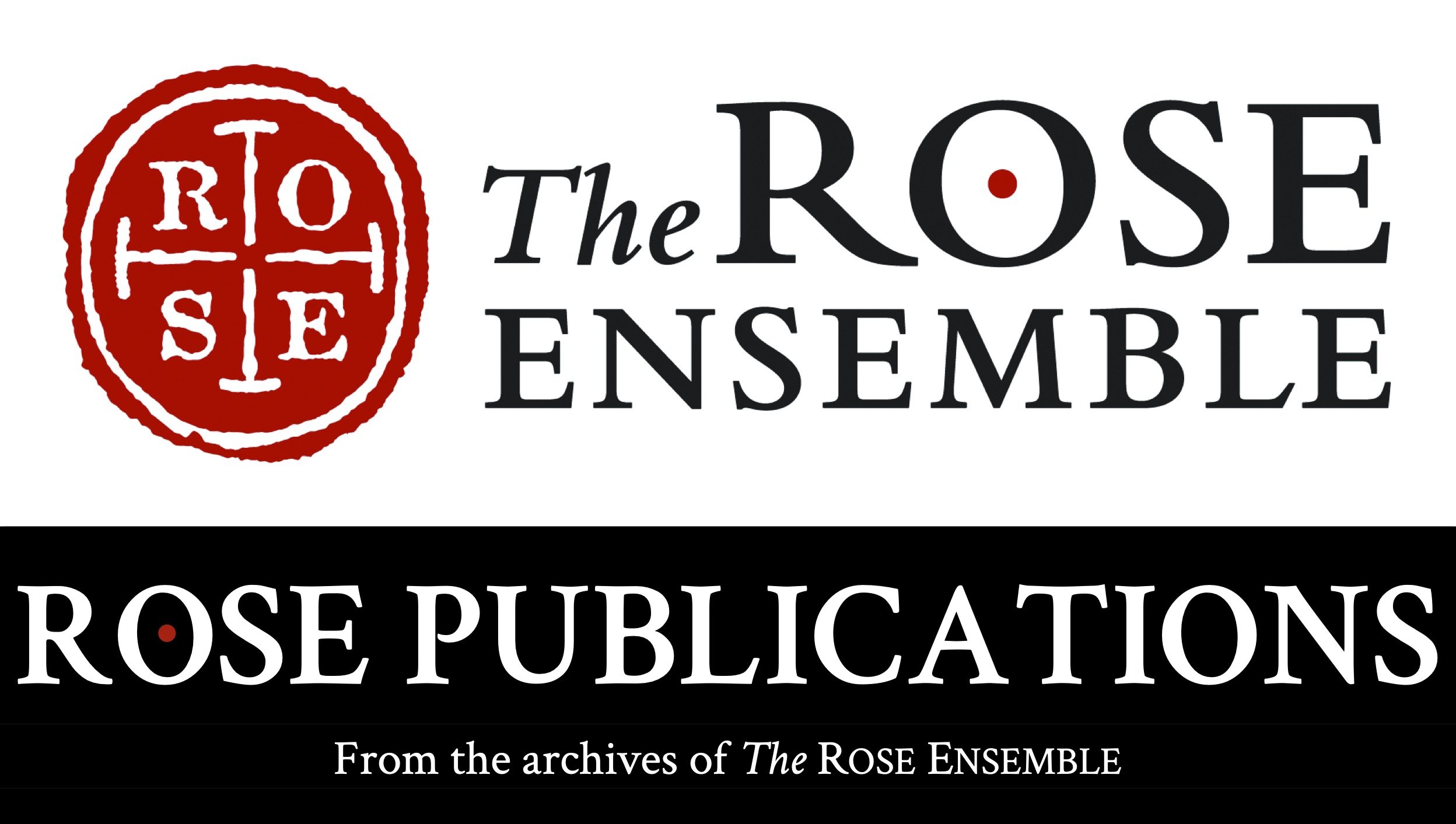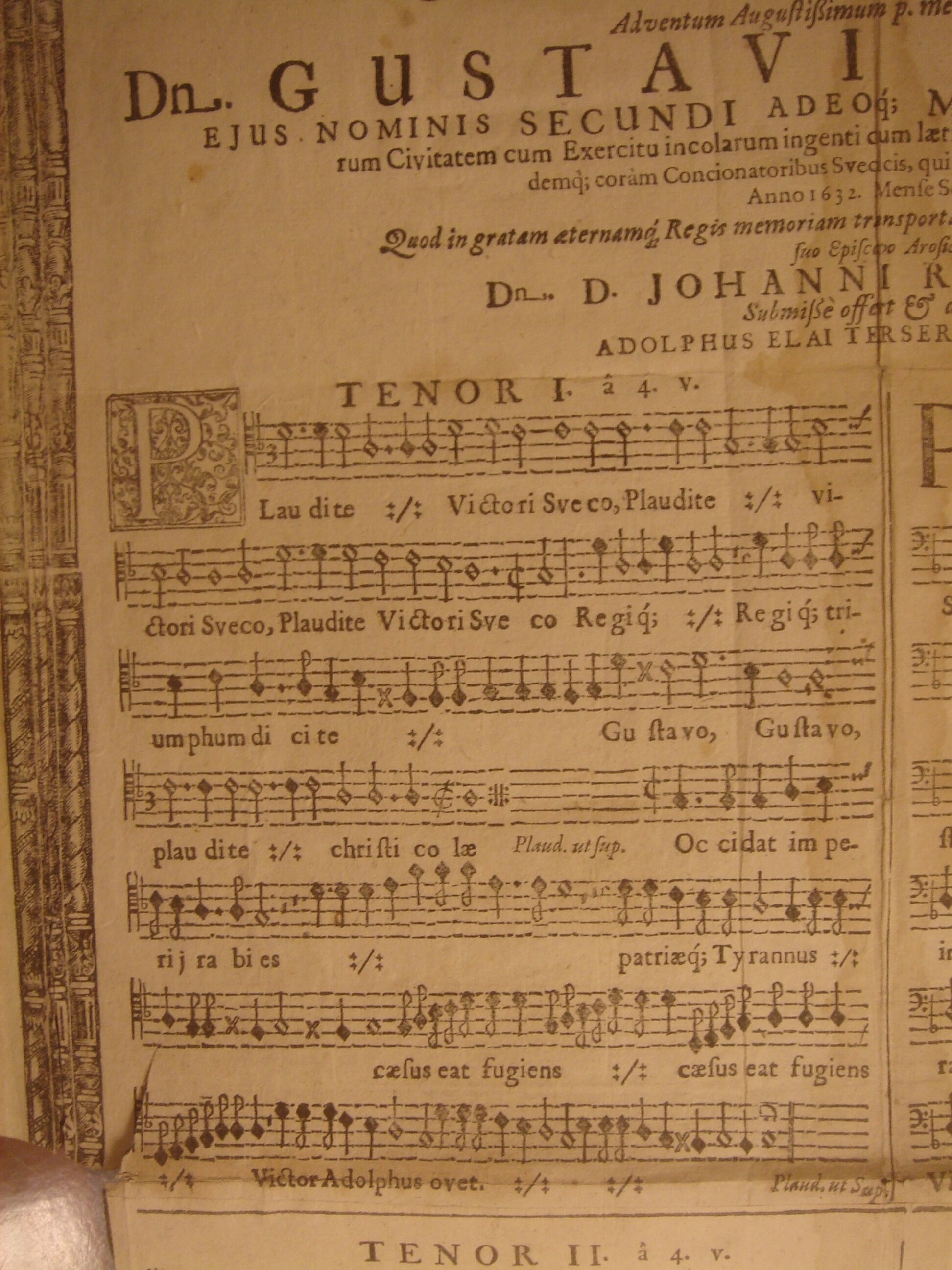Ancient Music
Il Poverello (2006)
Courtly Pleasures in Baroque Stockholm & Rome: Music for Christina Wasa, Queen of Sweden (2007)
Through the ground-breaking work of the Rose Ensemble, music from Medieval, Renaissance and Baroque Sweden came to life on stage in six Minnesota cities in May 2007. Christina Vasa, Queen of Sweden presided over a magnificent court in Stockholm to which she attracted some of the foremost musicians and artists of 17th century Europe. Later in life, she converted to Catholicism, causing a great scandal in Lutheran Sweden and forcing her to renounce her throne. She eventually settled in Rome, where she assembled an equally magnificent entourage, patronizing many of the leading Italian artists and musicians of the day. This program of vocal and instrumental music was presented along with narration excerpted from Christina’s own writings. Our special guest narrators were the prominent Minnesota writers Patricia Hampl and Barton Sutter.
The Rose Ensemble dedicated hours of painstaking research in the archive libraries of Stockholm, Uppsala and Västerås to illuminate this important slice of Swedish history. This presentation brought incredible music and compelling tales of the life and times of Queen Christina, King Gustavus Adolphus and Saint Birgitta to audiences across Minnesota. The musicians of The Rose Ensemble transcribed this music directly from the original manuscript sources, uncovering repertoire largely unknown in Sweden and never before performed in the United States.
Portraits of Peru, 1785 (2013)
Flora, fauna, and folk music mingle throughout this program of popular song and dance from late 18th-century Peru, frozen in the amber of an unlikely source, the Trujillo del Perú Codex. This collection of watercolor paintings was compiled by the local bishop for Spanish King Carlos IV, imaginatively depicting the plants, animals, people, and archeological monuments of this diverse region in northern Peru. Peruvian and Bolivian music with indigenous-Indian and African influences—party songs, love songs, and rhythmic sacred hymns—is presented by singers of The Rose Ensemble, a Baroque band, and an impressive collection of South American percussion instruments. The melodies are catchy, the harmonies memorable, the rhythms syncopated…all setting the stage for what would become present-day, Latin-American popular music! This unique performance features projections of the manuscript illustrations and supertitle translations.
Christmas in Baroque Malta (2015)
Sainte-Chapelle (2016)
Acquiring the most important relics of the Passion was not only a personal undertaking of King Louis; the presence of the Crown of Thorns in Paris increased the prestige of the city of Paris and of France as a whole. Paris was the capital city of one of the most powerful countries in Europe, yet it hitherto lacked the spiritual aura conferred on other cities by the presence of important relics, such as Jerusalem, Constantinople, Rome, Tours, and Santiago de Compostela.
Significantly, Louis IX chose to build the Sainte-Chapelle as a separate building on the Ile de la cité, at the center of Paris, and not to house it in some other church, such as the abbey of Saint-Denis. The Crown thus became an attribute of Louis’s reign in general, and of him personally in particular. He controlled access to the Crown and to other relics of the Passion, and later distributed individual thorns as cornerstones for subsequent Saintes-Chapelles built by family members throughout France. For him, the Crown became a status symbol pregnant with theological significance. That the relic in question was a crown opened the door to obvious symbolic manipulations and representations.
– Dr. Yossi Maurey, 2016
























